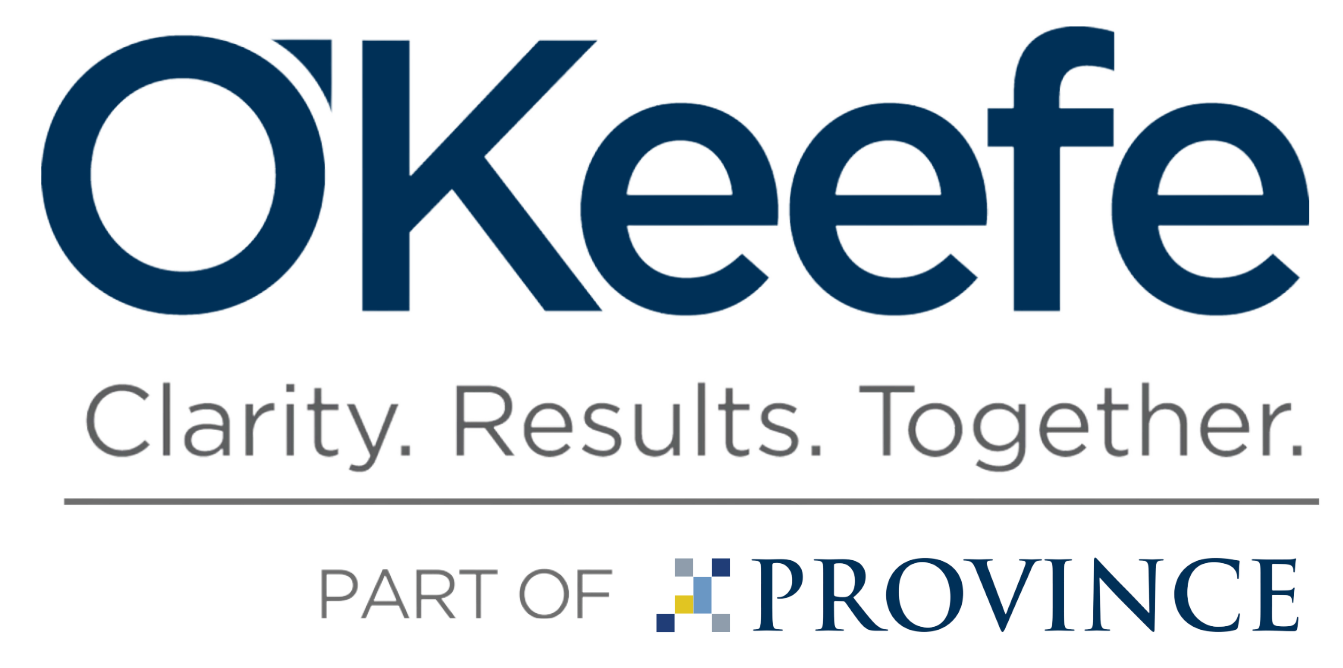Crowdsourcing Innovation
In this digital era, demand for innovation is greater than ever. While consumers are searching for that next best thing, companies are against the ropes trying to provide it, sometimes performing a balancing act between innovation and the certainty of commercial success. This formula for product development defines companies as the innovators and limits the consumer’s voice to complaint forms or online reviews after the product has been released. This worn-out formula is starting to change.
With social media and smart technology creating ultra-low-cost information exchange between companies and their customers, companies have increasingly crowdsourced ideas for new products. For companies, this pivot in strategy shifts the notion of product development from something they hope the market wants, to something they know the market wants. Simultaneously, consumers get what they want. Some companies have adopted this strategy earlier in their development process and realized great success in doing so.
Procter & Gamble:
initiated “Connect + Develop,” an online platform where anyone can submit an idea, encouraging this consumer-led innovation. P&G created Connect + Develop with a goal of 50% of innovations coming from external sources. Connect + Develop hit that goal within four years of launch and continues to be a significant source of product ideas and revenue. Boasted in P&G’s 2019 annual report, a “consumer-led innovation helped Olay deliver two consecutive years of strong double digit organic sales growth in China.”¹
DHL:
a global logistics leader, is another great example of a company meeting consumer needs by using their own ideas in the innovation process. DHL has “Innovation Centers” located around the world. The centers provide a meeting space for internal and external innovators to share ideas. The parcelopter, a drone used for deliveries over challenging terrains, is a product of an Innovation Center.² Since the global expansion of the Innovation Centers, DHL’s customer satisfaction survey has been steadily rising, resulting in higher customer retention and a stronger reputation in the market.³
LEGO’s platform:
LEGO Ideas, allows consumers to submit their own ideas. LEGO takes consumer-led innovation a step further by allowing other consumers to vote on the submitted ideas. Ideas that get 10,000 votes will be reviewed by LEGO and potentially put into production. The initial creator of a successful product has rights to final product approval, the opportunity to be recognized on the product’s packaging and marketing, and may receive a portion of its sales. The company has successfully launched two dozen customer ideas. One of those products, “Women of NASA,” became a top-selling item on Amazon within 24 hours of launch.⁴
Including consumers in the design, development, and improvement processes mitigates the risk that a product will not be well-received by the market and better aligns a company’s concept of innovation with that demanded by the consumer. In addition, allowing consumers to be part of the idea process significantly expands the pool of innovators and builds brand loyalty. Looking to the future, the market will continue to be defined by the voice of consumers and companies would be wise to let them be heard.
¹http://www.pginvestor.com/Cache/1001256102.PDF
²https://www.forbes.com/sites/christinecrandell/2016/06/10/customer_cocreation_secret_sauce/#55036ae15b6d
³https://dhl-freight-connections.com/en/kundenzufriedenheit-sauber-abgeschnitten-2/
⁴https://www.cnbc.com/2018/04/27/lego-marketing-strategy-made-it-world-favorite-toy-brand.html


